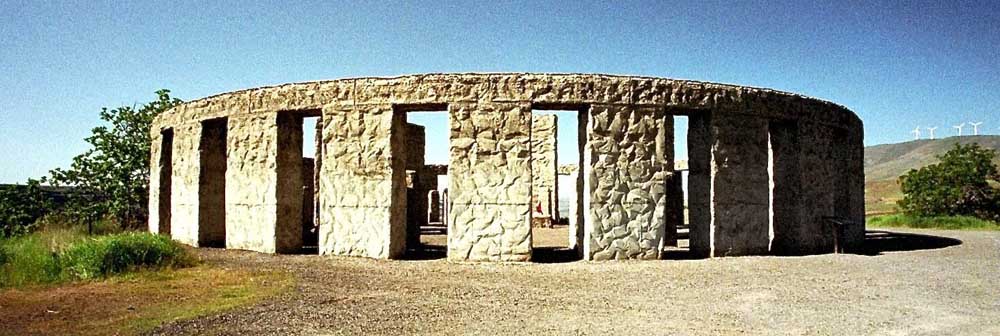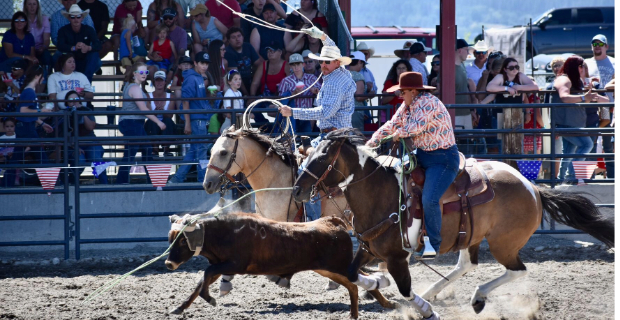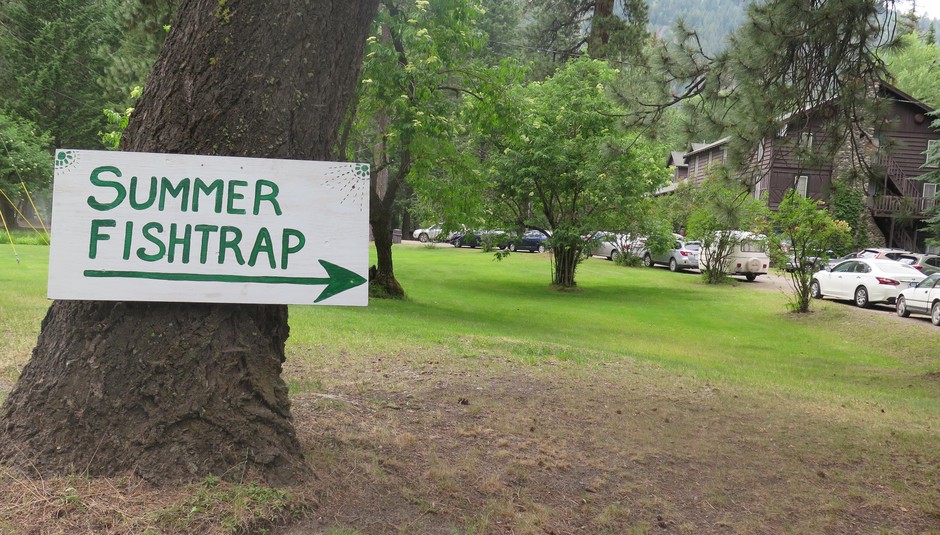Stonehenge Memorial added to National Register of Historic Places
Published 9:30 am Monday, October 4, 2021

- Bill White/Contributed imageThe Stonehenge Memorial at Maryhill Museum of Art is now on the National Register of Historic Places.
Go! staff
Trending
GOLDENDALE, Wash. — Maryhill Museum of Art has announced that Stonehenge Memorial, the iconic replica of England’s ancient original, has been added to the National Register of Historic Places. The National Register records the tangible reminders of the history of the United States and is the official documentation of cultural resources worthy of preservation.
According to a press release, Stonehenge Memorial was constructed by Maryhill Museum of Art’s founder, businessman and philanthropist Samuel Hill, between 1918 and 1929. Stonehenge Memorial is significant as both a close replica of the ancient Stonehenge and as a memorial to Klickitat County residents who died in World War I. It is located 3 miles east of the museum on a bluff on the Washington side above the Columbia River.
Although he supported the Allied cause, Hill was a Quaker and a pacifist. In constructing the memorial, the press release states, “he wished to honor soldiers who gave their lives to what he saw as the folly of war and make a public statement about the tragedy and futility of the events that led to their deaths.”
Trending
With its altar stone dedicated on July 4, 1918, more than four months prior to the Armistice, Stonehenge Memorial is one of the earliest World War I memorials in the country.
“We are thrilled that Stonehenge Memorial has been added to the National Register,” said Maryhill Museum of Art’s executive director, Colleen Schafroth. “The designation recognizes Sam Hill’s singular vision and the enduring significance of the memorial as it relates to local, regional and national history. The museum itself was placed on the National Register in 1974. We are beyond excited to now have Stonehenge Memorial listed as well.”
History of Stonehenge Memorial
Sam Hill visited England’s Stonehenge in April 1915, eight months after the start of World War I. He was the guest of Lord Horatio Herbert Kitchener, the British Secretary of State for War, who purportedly told him: “Here the ancients 4,000 years ago offered bloody sacrifices to their heathen gods of war,” repeating an interpretation of the ancient monolith that was commonly accepted at the time.
Hill’s understanding of Stonehenge as a site of human sacrifice led him to use the ancient monument as a model for the World War I memorial he later constructed at Maryhill. Hill initially planned to use local quarried stone for the memorial, but ultimately settled on a more durable alternative. Stonehenge Memorial was constructed from cast-in-place, steel-reinforced concrete, a material Hill had previously used while building his private residences in Seattle and at Maryhill. To simulate the texture of hand-hewn stone, the wood forms for each of the memorial’s concrete elements were lined with crumpled sheets of tin.
On July 4, 1918, the altar stone was dedicated with a plaque that reads: “To the memory of the soldiers and sailors of Klickitat County who gave their lives in defense of their country. This monument is erected in hope that others inspired by the example of their valor and their heroism may share in that love of liberty and burn with that fire of patriotism which death alone can quench.”
Stonehenge Memorial was completed in 1929 and re-dedicated on Memorial Day of that year.
Maryhill Museum of Art is open daily from 10 a.m.-5 p.m., March 15 through Nov. 15. The gardens and grounds also are open from 10 a.m.-5 p.m. daily at no charge. Admission to the Stonehenge Memorial is free; it is open from dawn to dusk daily.








